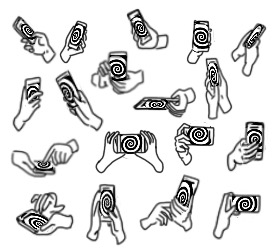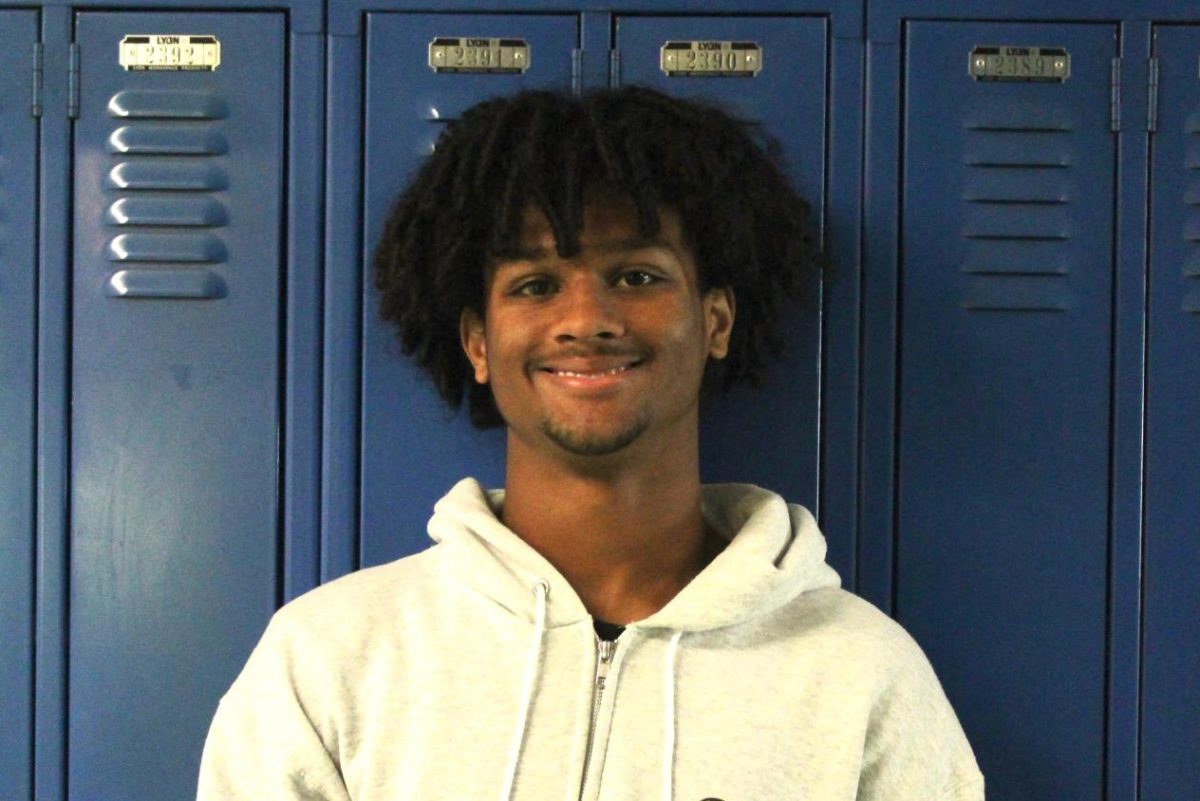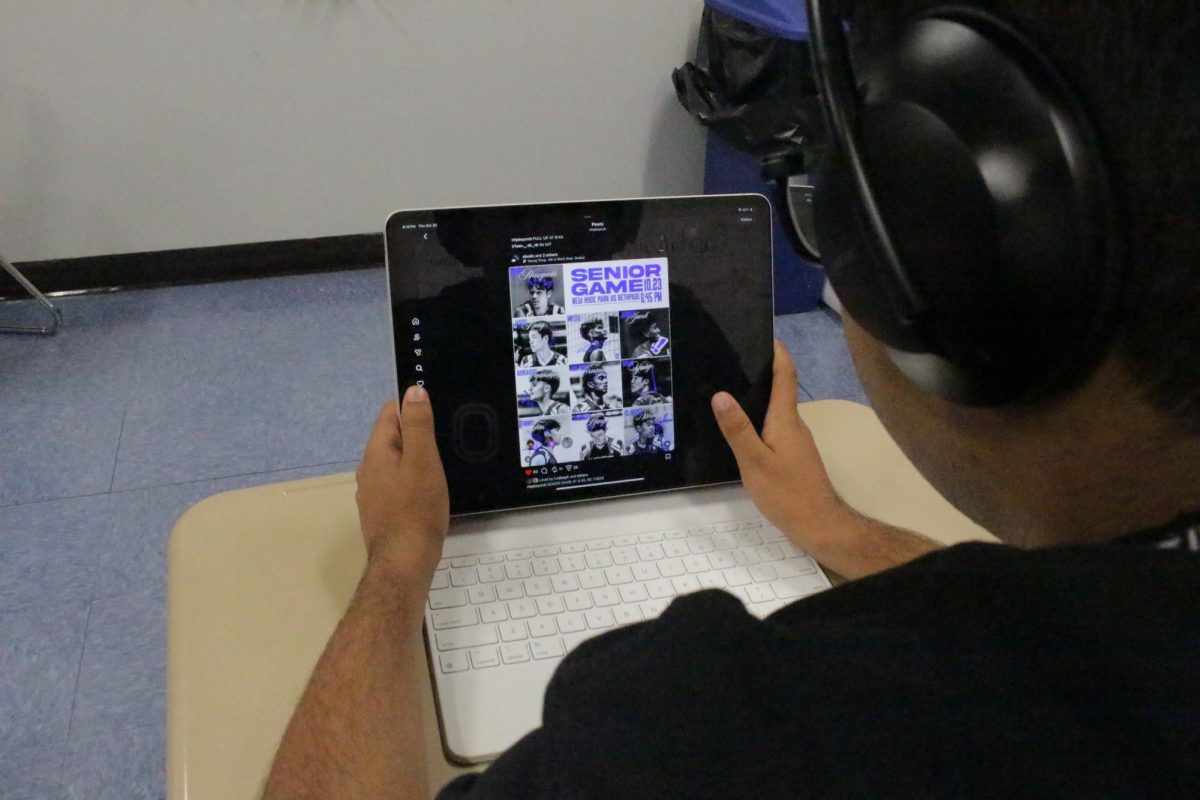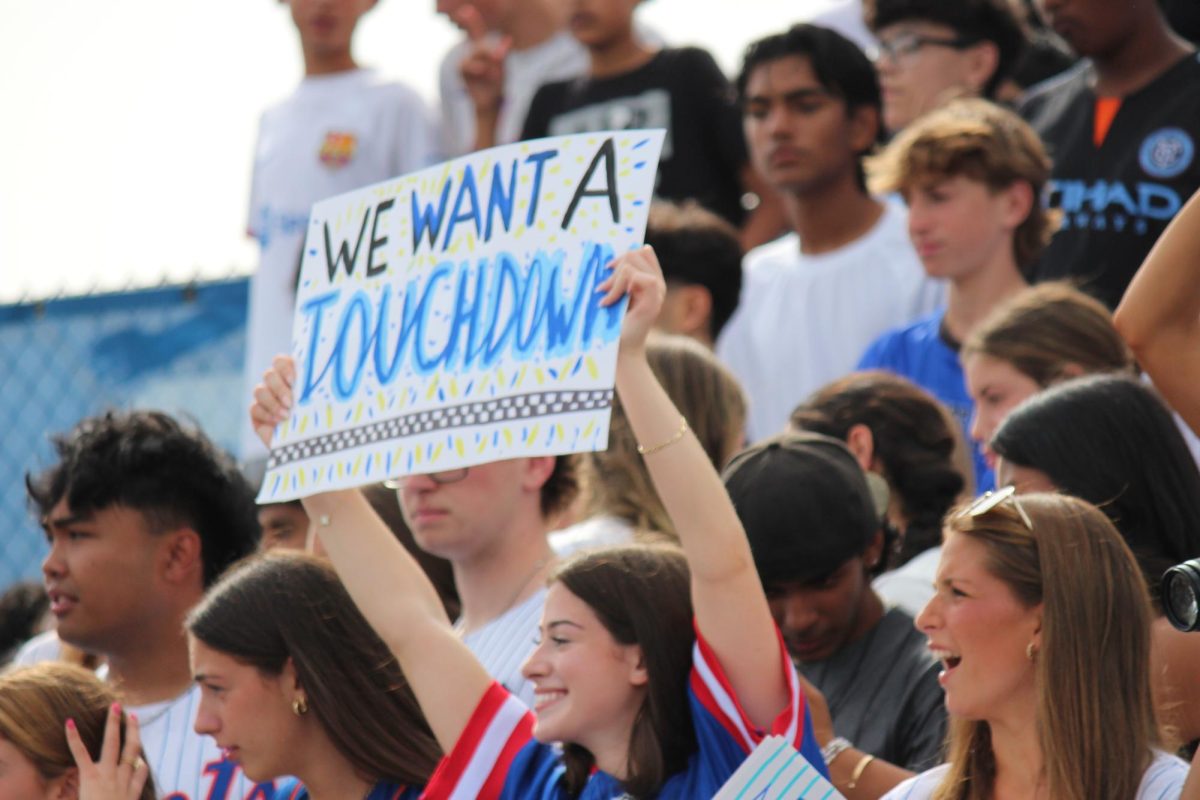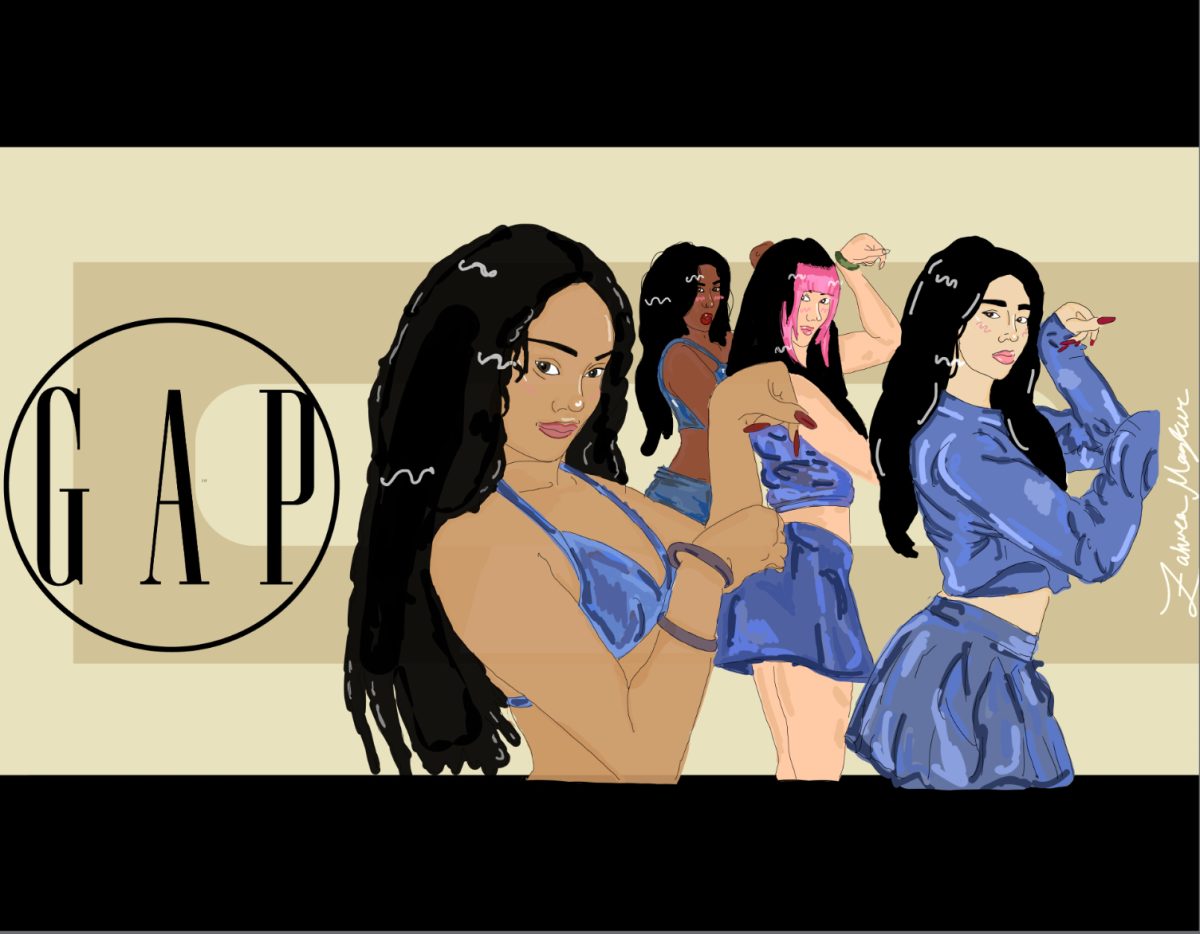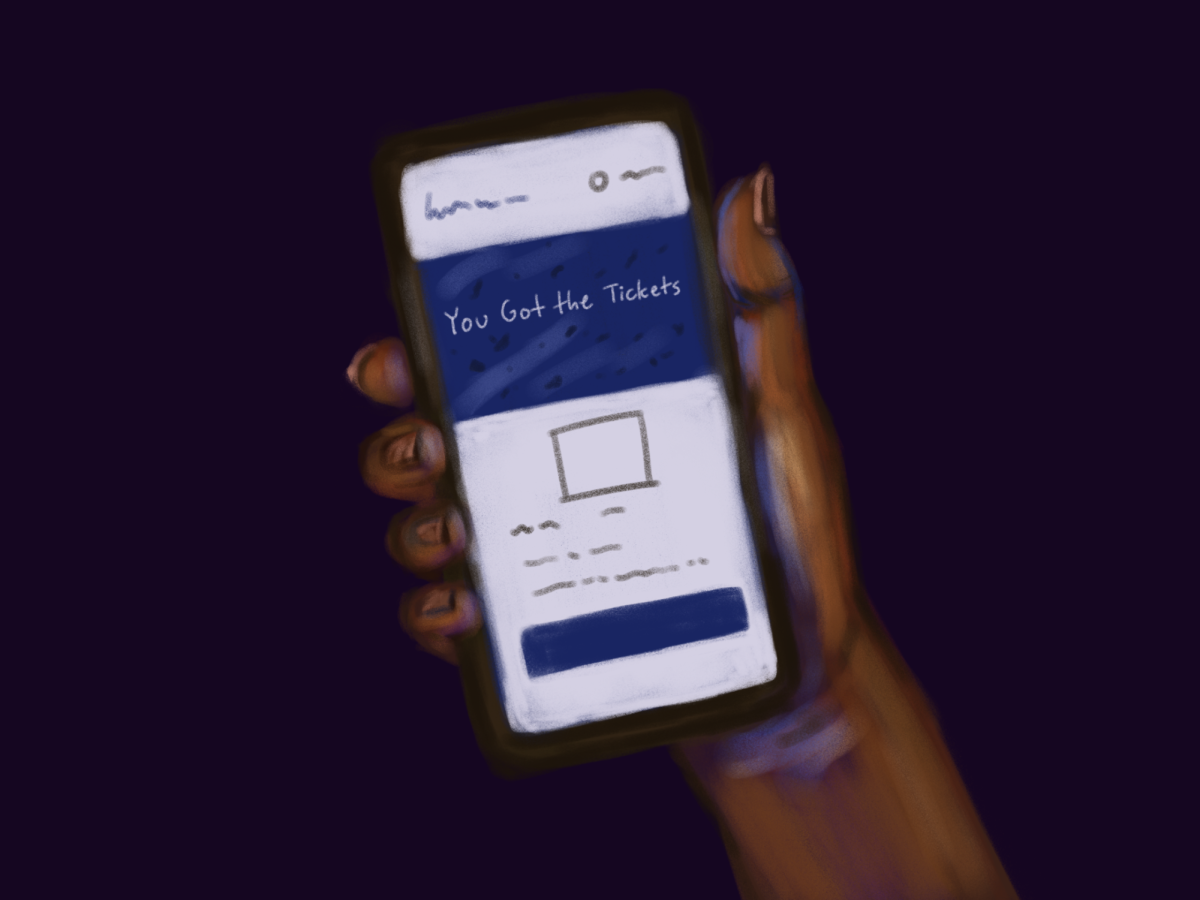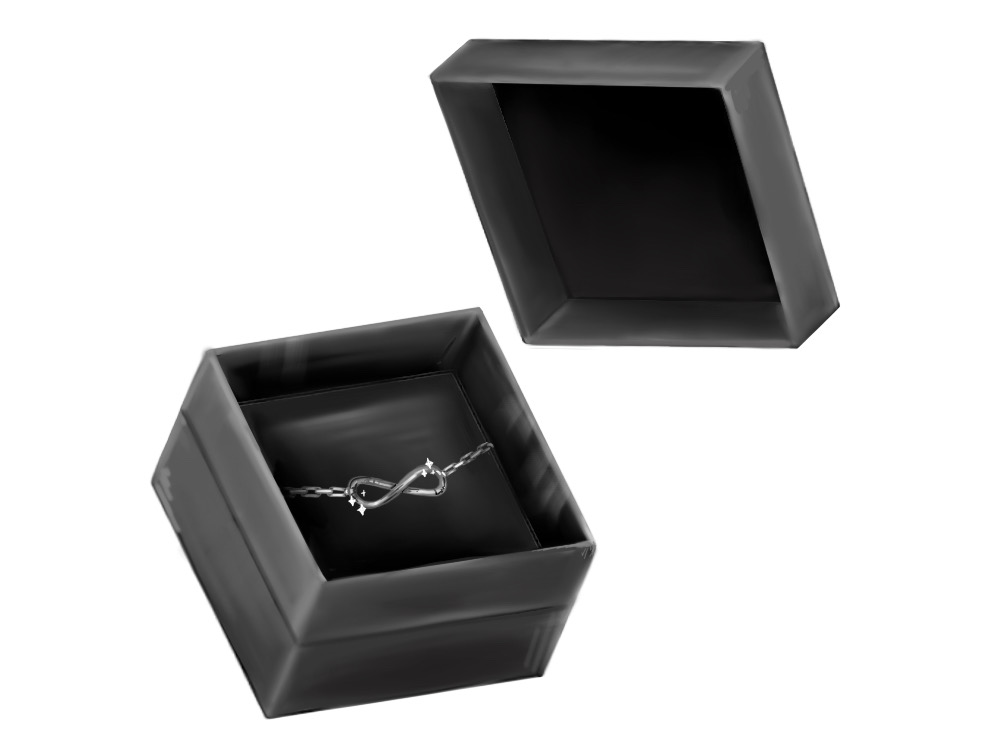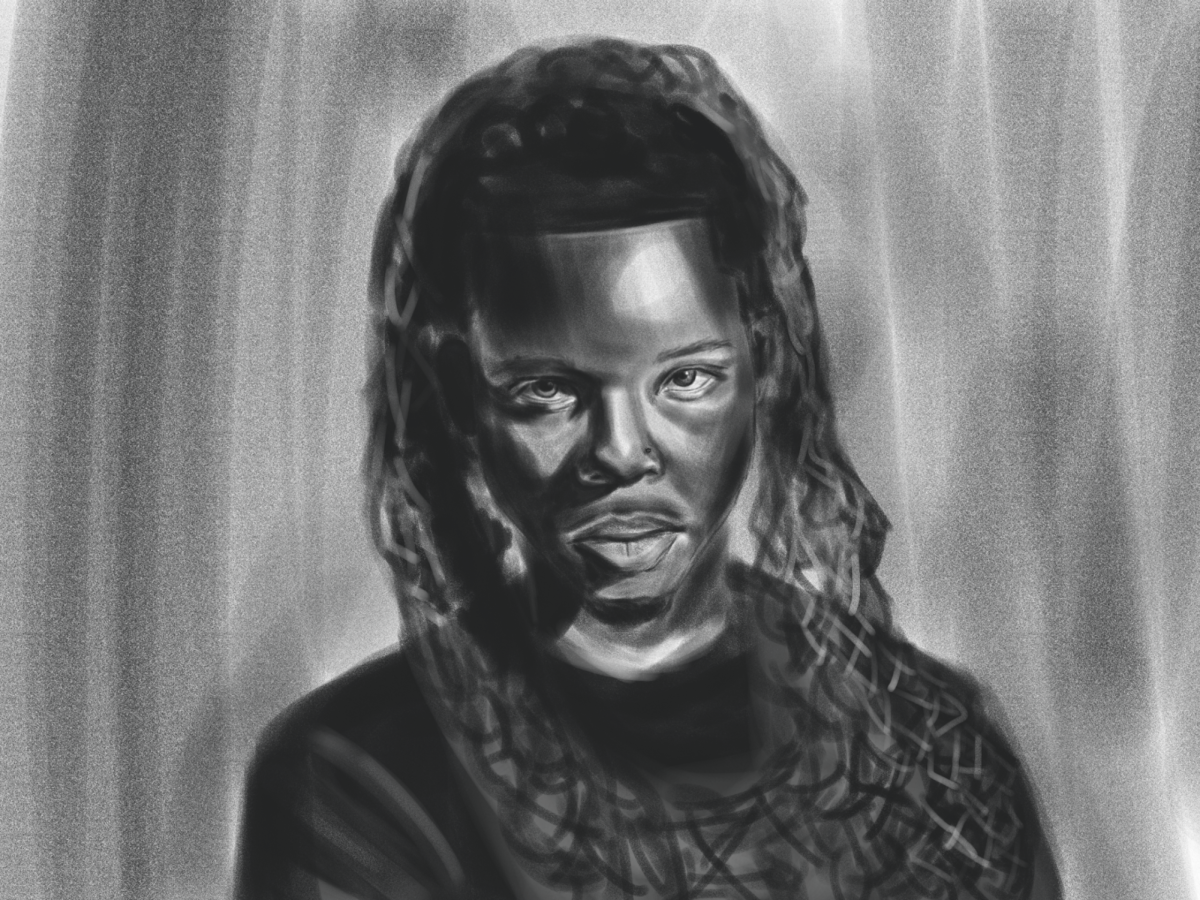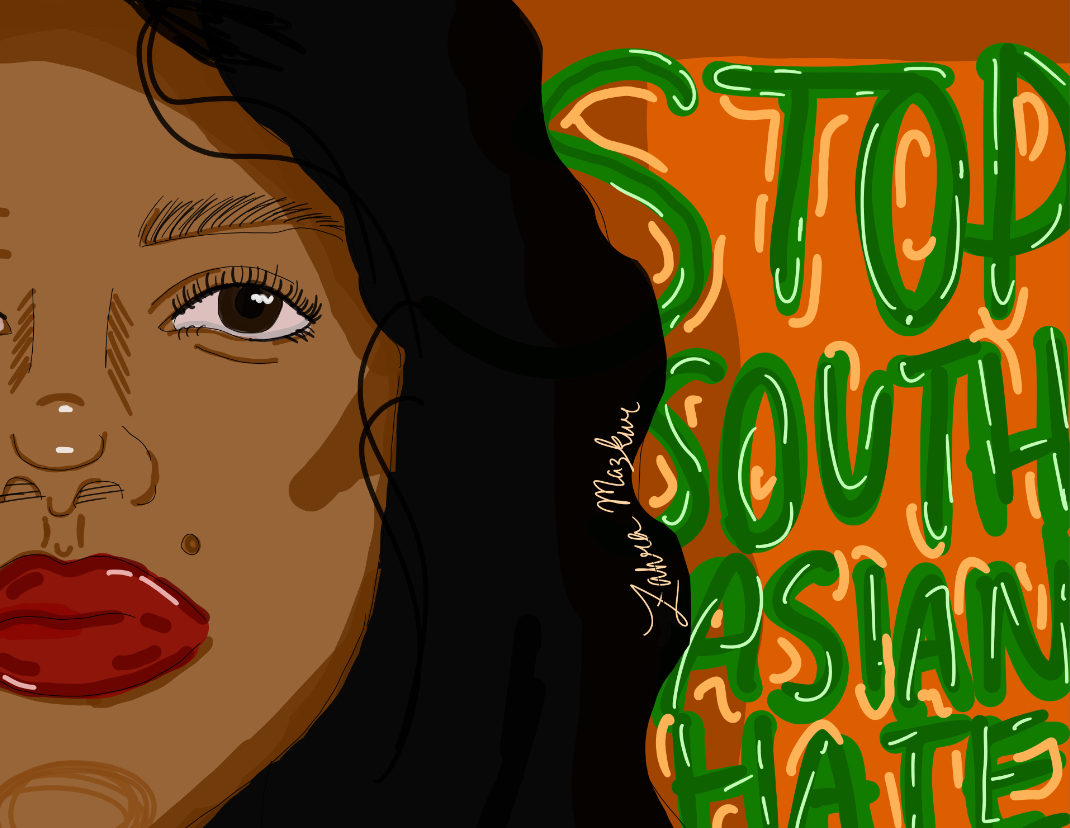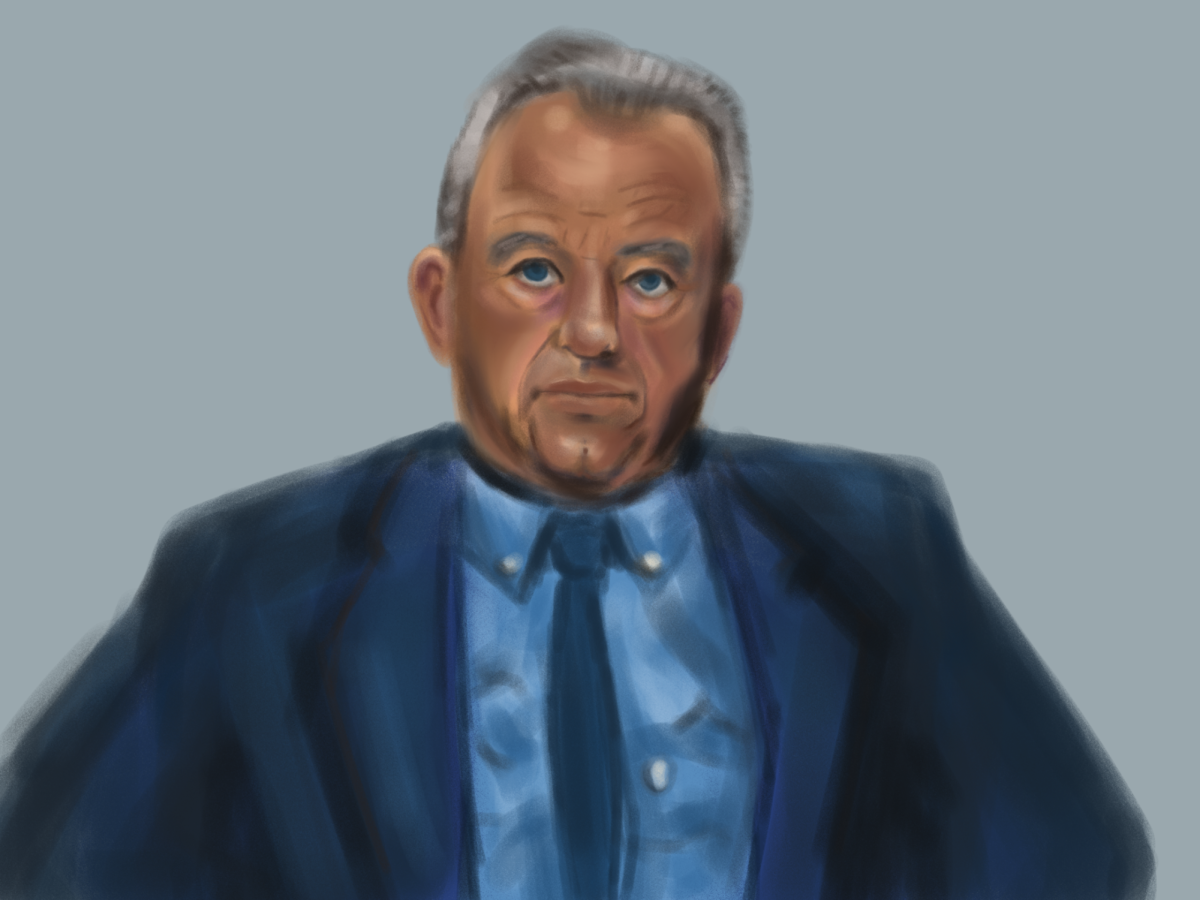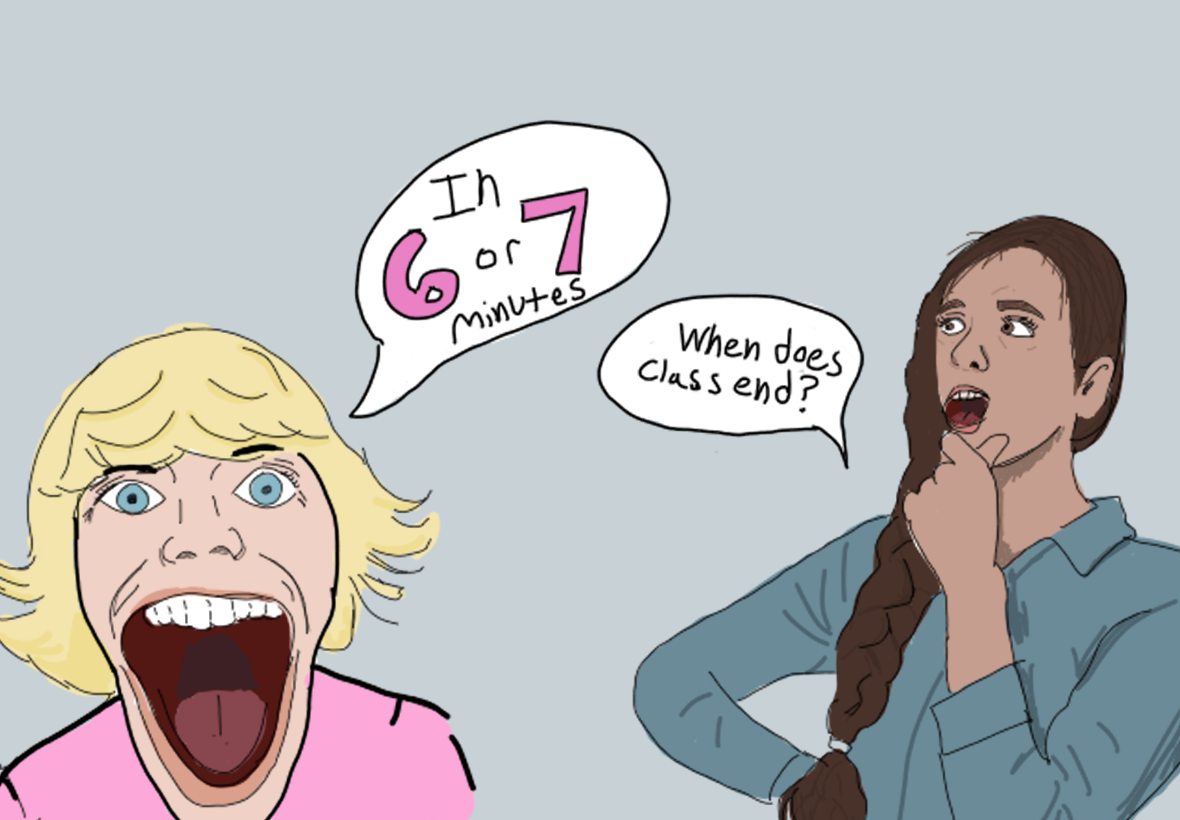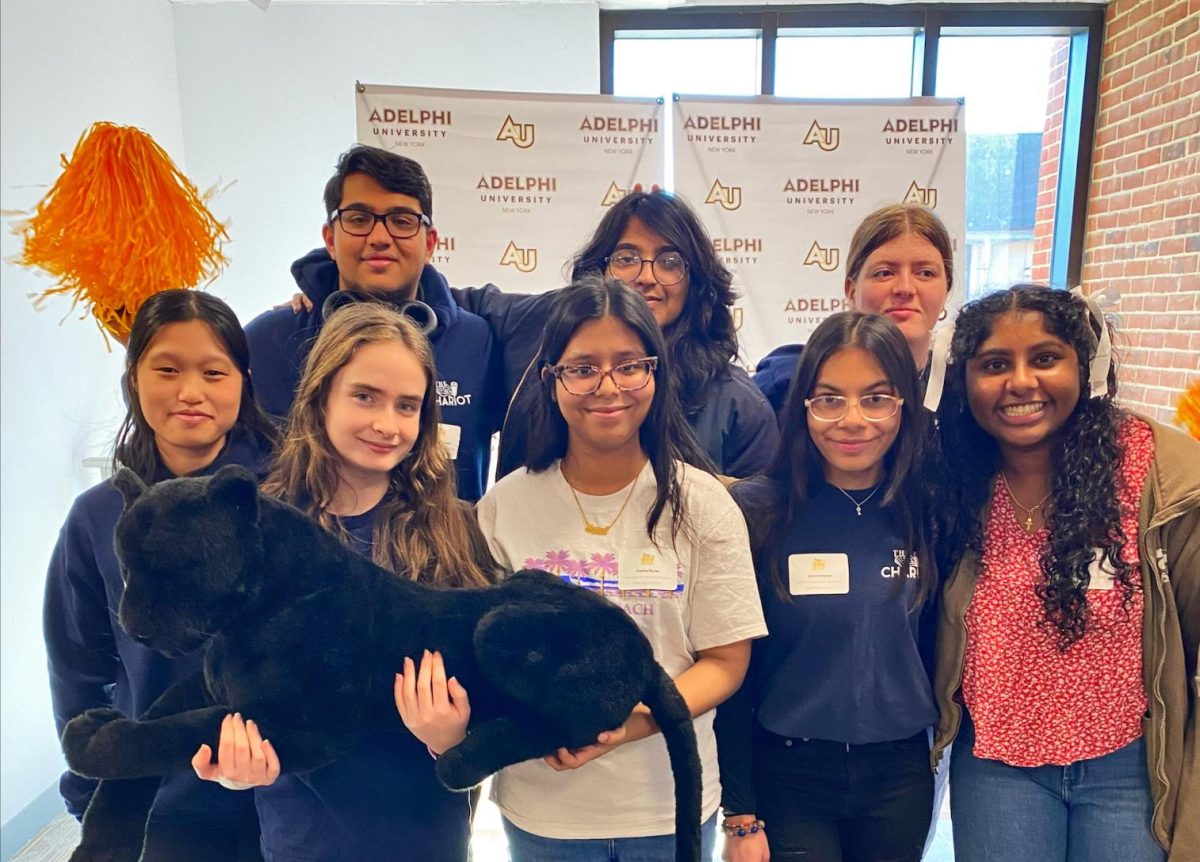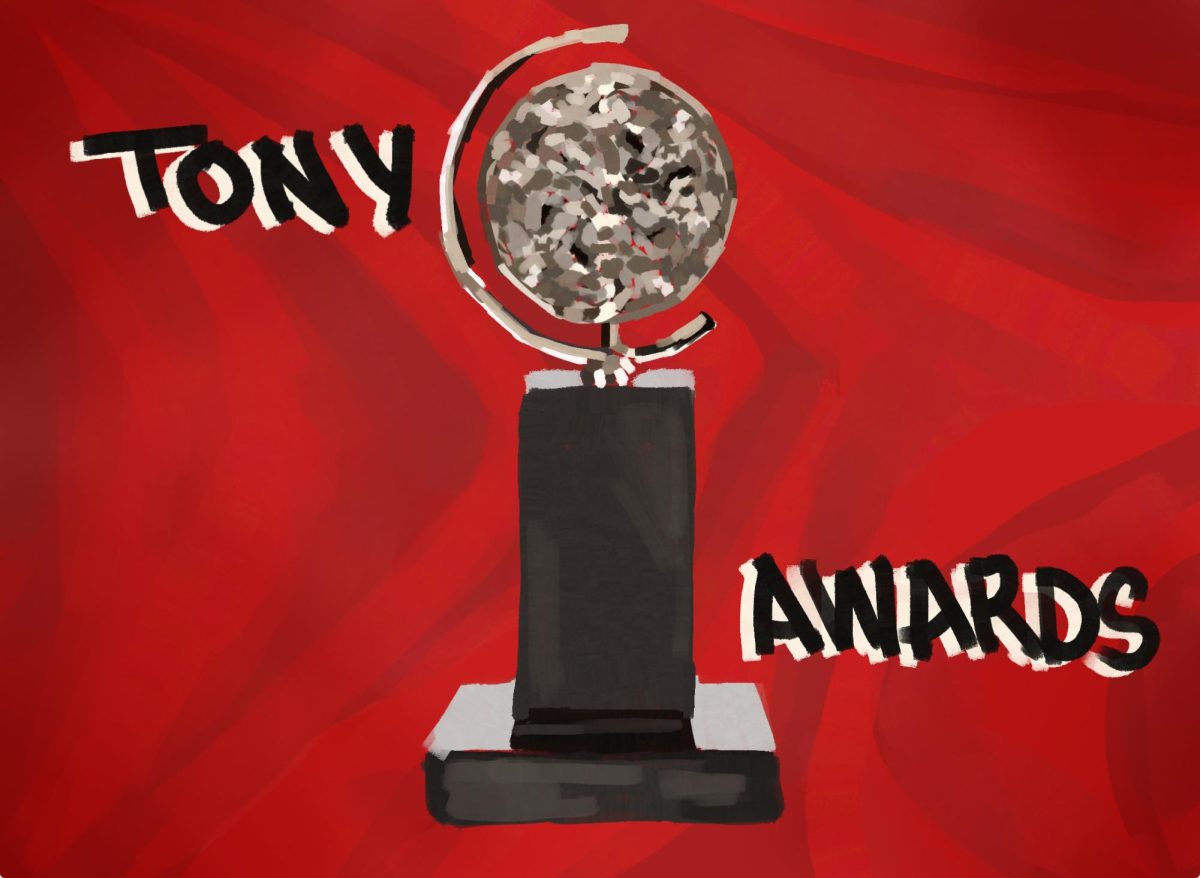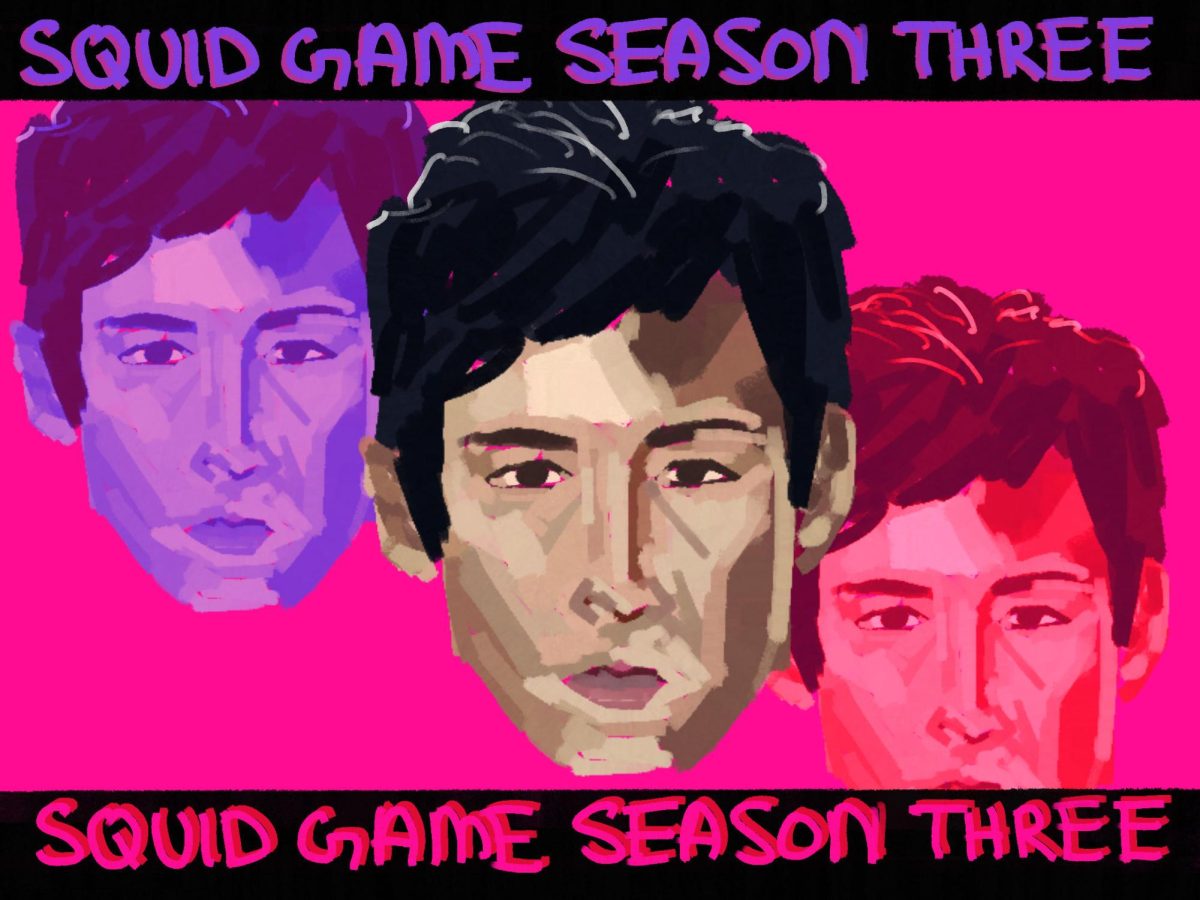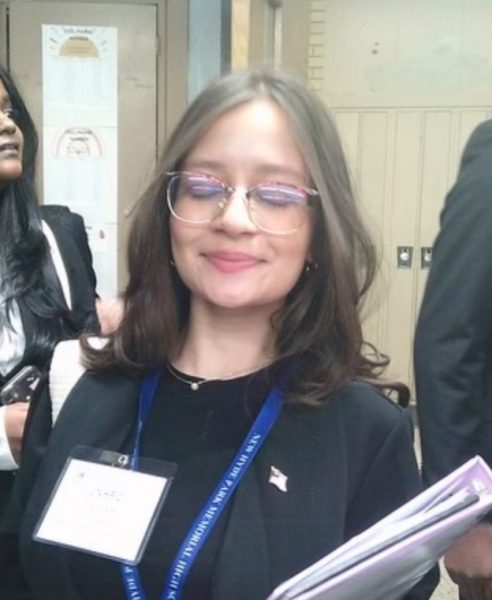This summer, two denim brands released campaigns just weeks apart, sparking very different public reactions. American Eagle’s new commercial featuring “Euphoria” and “Anyone But You” star Sydney Sweeney has drawn heavy criticism online, whereas GAP’s collaboration with the global girl group Katseye was met with global praise and recognition.
The American Eagle commercial presented Sweeney wearing the brand’s signature denim under the mantra, “Sydney Sweeney has great jeans.” Many viewers of this ad saw this as a subtle reference to eugenics and white supremacist propaganda, implying that the advertisement associated Sweeney’s blonde hair and blue eyes with “superior” genetic traits. Critics also pointed out that the ad had a sexualized and suggestive tone to it. On social media platforms, users labeled the message as “tone-deaf,” arguing that it reinforced harmful beauty ideals.
“The ad created a lot of division in the online community because it could be interpreted as complimenting her ‘genes,’” senior Jorden Jacob said. “I’m not sure if the advertisers meant for it to be a catchy line or a deeper message, but the whole thing could’ve been avoided with better wording.”
The campaign sparked global conversation about advertising influence on social values. Discussions around racial representation, beauty standards, racial representation and brand accountability took over online platforms for days after its release.
Meanwhile, GAP took a different approach—and the public response could not have been more optimistic. The brand’s latest campaign featured the multicultural global girl group Katseye dancing to Kelis’ 2003 hit “Milkshake,” which was launched shortly after the American Eagle controversy.
With its Y2K nostalgia and K-Pop energy, the video became an instant hit. Fans praised the campaign’s diversity and celebration of individuality, while TikTok users recreated the dance to show their support.
“As a sixteen-year-old consumer who is constantly on social media, I believe that the GAP campaign by Katseye is more influential on me and teenagers my age,” junior Mia Alana said.
Many believe GAP’s timing had a major impact on its popularity. Due to its quick release after the American Eagle advertisement, it offered audiences a clear contrast between the two—one ad was viewed as outdated and exclusionary, while the other was perceived as inclusive and energetic.
“I think both brands are trying to appeal to consumers through celebrity marketing, though the GAP ad is more effective in capturing attention for an extended period of time while also highlighting different styles and products. Consumers are able to see these GAP pieces styled in many different ways on multiple models,” business and marketing teacher Ms. Zeppieri-Cervini said.
Whether it’s denim or debate, fashion extends beyond the clothing—reflecting identity and representation. These advertisements illustrate how fashion intersects and impacts both social values and public perception.



